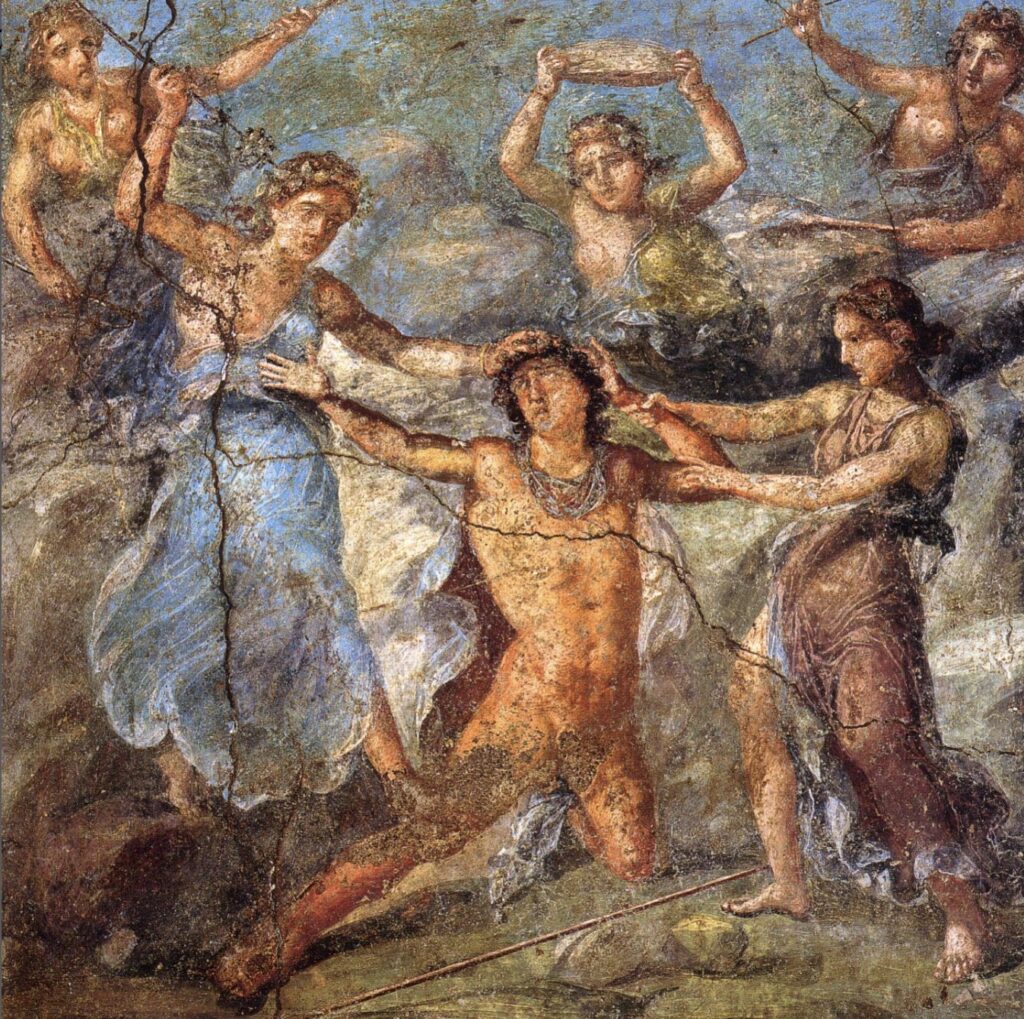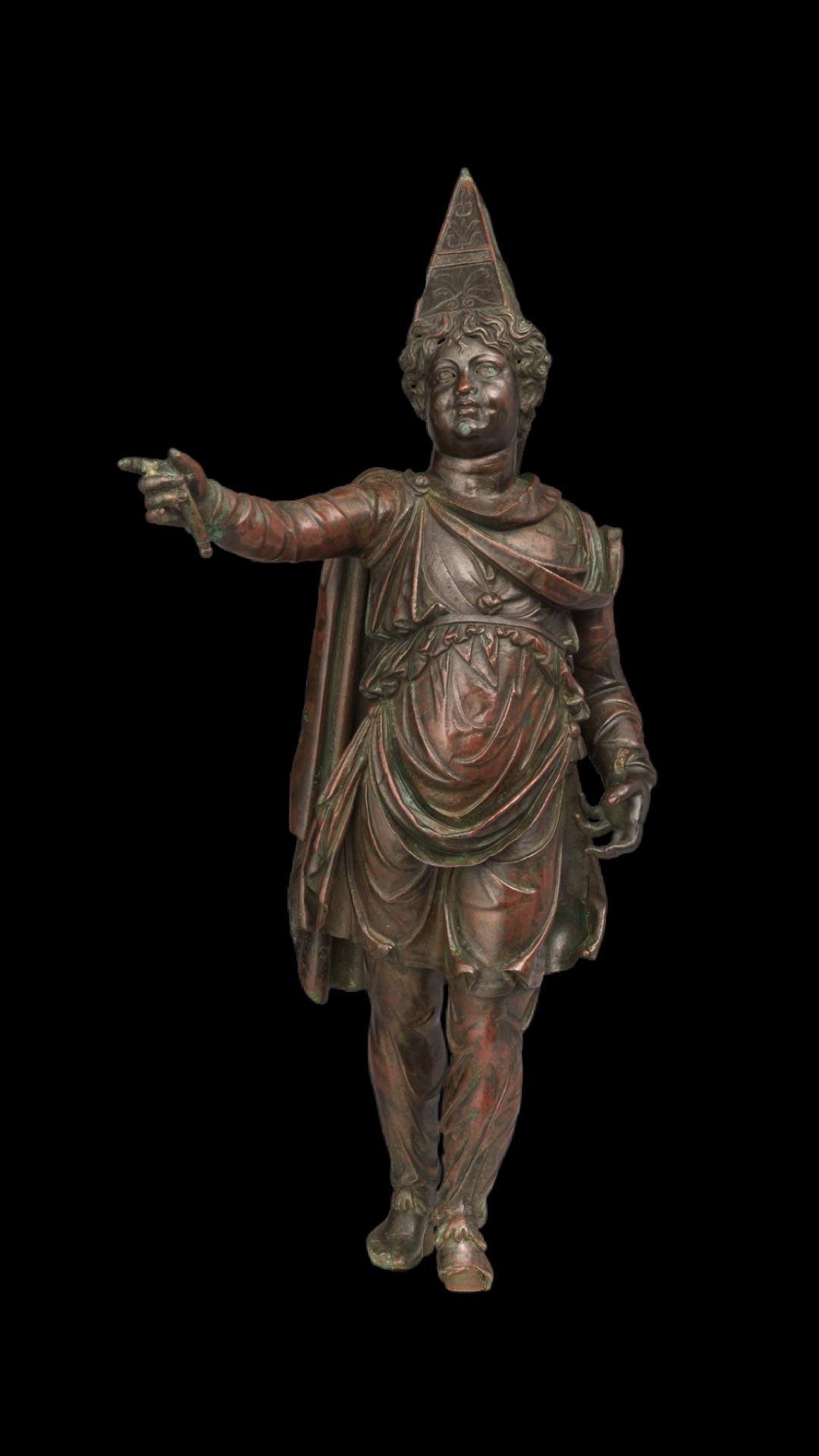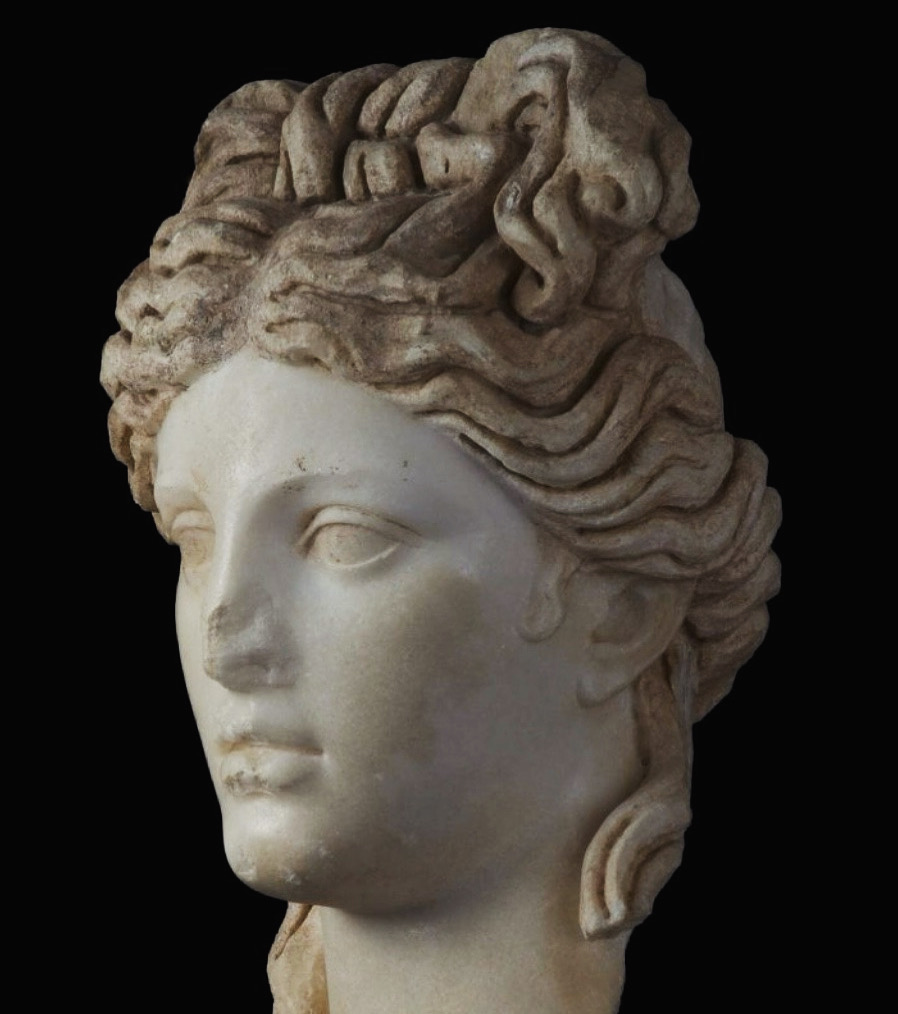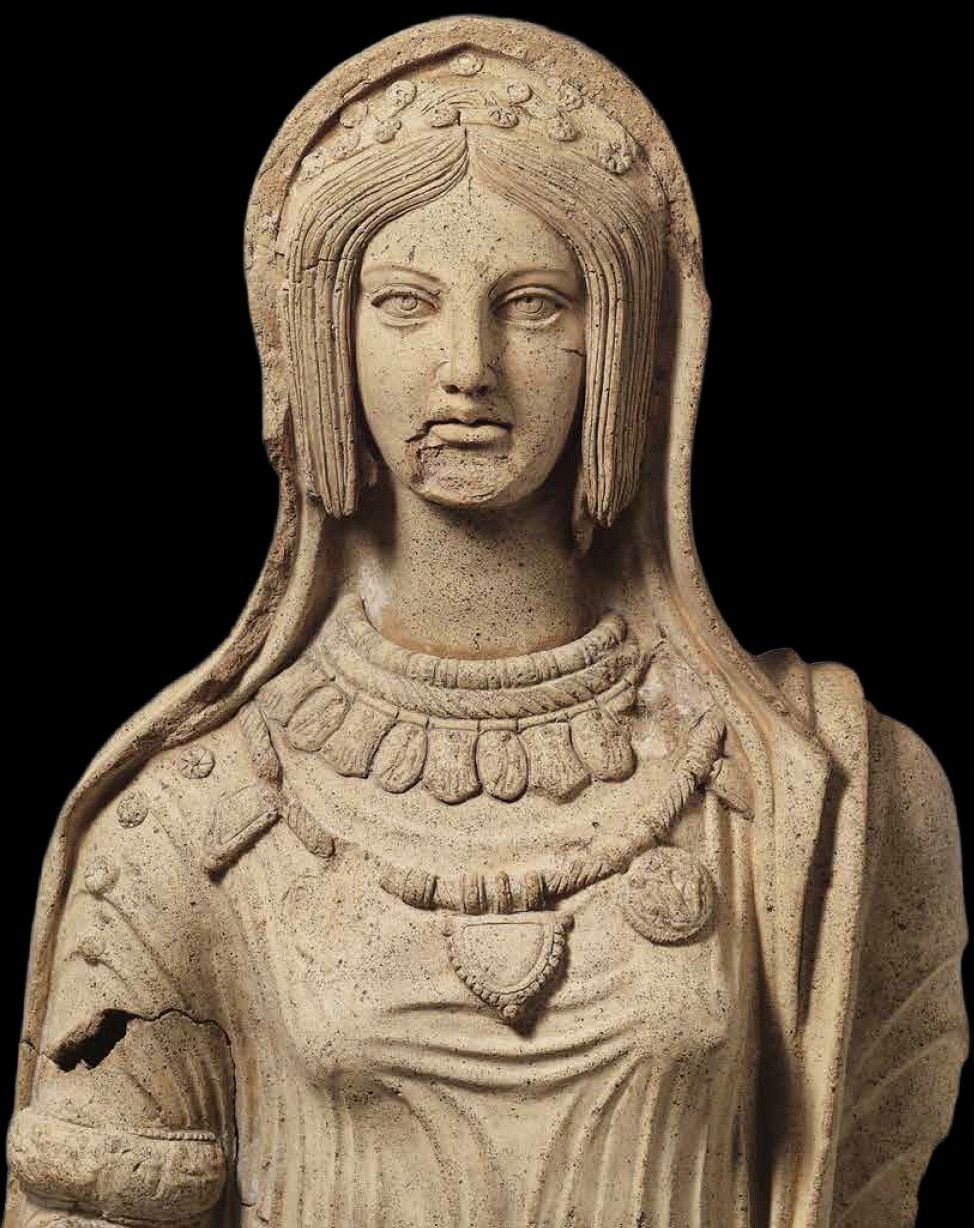A little frenzied homicide with dinner? This is one of my favorite of the Pompeian wall paintings, showing dramatic and violent demise of the Theban king Pentheus at the hands of incensed maenads.
The wall paintings of Pompeii might not have been the most refined or the highest possible quality in the 1st century A.D. (look to Rome’s Palatine Hill for the top level). But the city’s paintings have had a special place in scholarship and public perception because of its handy terminus ante quem with the famed eruption of Vesuvius in 79 A.D. And the quantity and variety of preserved paintings city-wide is rich ground for art historical interpretation.

The scene of Pentheus about to be to be impaled by a thyrsos, bludgeoned by a rock, and torn limb from limb by Dionysos’ incensed acolytes decorated the triclinium (splash dining room) of the “House of the Vettii”, and was one of a dozen large mythological vignettes to do so, all painted between 62 A.D. (Vesuvius’ warning tremors) and 79 A.D. (the cataclysmic pyroclastic flow).
As a single painting, showing the might of Dionysos and the power of his loyal followers, the scene seems appropriate for a space for drinking and dining. But grouped together with scenes of Dirce, baby Herakles, Pasiphae, and Achilles (among others), one is hard pressed to find a single cohesive framework within which to tidily “read” the room’s programatic meaning as a whole.
Which begs the bigger, unanswerable question: were these mythological scenes chosen to make an overarching high-brow contemplative point to dinner guests, or were they selected willy-nilly according to the whims of the homeowner from a sort of catalogue? Profound or banal?




